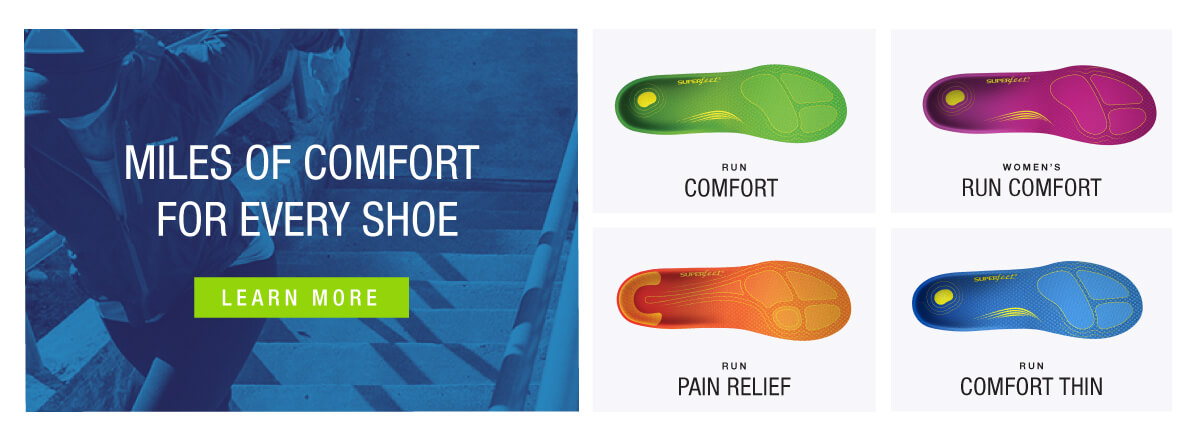
Boost your knowledge, improve your technique and get fitter faster with help from the expert contributors to the new book Running Science.
Should I breathe through my nose or my mouth?
Getting air into the lungs is critical for runners, since it provides oxygen that is essential for energy production. The transport of air into and out of the lungs is known as ventilation and it is controlled by the diaphragm, a layer of muscle underneath the lungs, and the muscles of the rib cage, known as the intercostals.
High volumes of air enter the lungs during exercise and this process becomes inefficient if too much resistance is encountered. Scientists have found that when ventilation rates exceed 40 litres of air per minute (they can reach up to 60 when running at high intensity) the route that encounters least resistance is through the mouth. The nose is used but only when small volumes of air are required.
Some athletes have used nasal strips to reduce resistance and promote nasal breathing, but research has demonstrated that these strips have little effects on ventilation rates or performance since the nose still offers more resistance than the mouth to incoming and outgoing air.
Should I lean into my run?
The posture of the trunk during running is an important technical aspect for both enhancing performance (running economy) and minimising injury risk. Runners who lean forwards to a greater extent are more economical (which means they run faster for a given oxygen usage). The forward lean needs to start at the ankles, not the waist, and promote alignment of the body in a straight line. Research indicates that the performance benefits can be attributed to greater activation of the hip extensors (hamstrings and gluteals) during the driving phase of the running stance.
In addition, a forward lean also reduces the risk of injury. Around half the injuries reported in runners are knee injuries, most commonly patellofemoral joint (PFJ) pain. In a study, injury-free athletes who ran with an “increased trunk lean” of around 14.1° exhibited less PFJ stress than those who ran at 7.3° and 4°. As well as reducing knee stress, it engaged the large hip extensor muscles.
Maintaining a forward lean – between 10° and 16° is considered to be optimal – without losing straight alignment requires torso strength, which is why strength and mobility exercises help improve running performance and reduce injury risk.
Can caffeine help me run better?
Taken before or during exercise, caffeine is associated with reduced discomfort and exertion, increased alertness and perhaps even an increase in the number of muscle cells that are recruited during running.
Studies have demonstrated that consuming 5mg per kg of bodyweight 45 to 60 minutes before exercise is usually enough to improve performance in endurance and shorter-duration activities by 3-5%. For a 72.5kg runner, a caffeine dose of 5mg/kg is 363mg, which is about four espressos or three cups of instant coffee.
Experiment with caffeine in training to determine the amount that produces the best results. Those who regularly consume caffeine may need a larger dose than caffeine-naïve runners, who may require only 2mg per kg of bodyweight.
Can positive thinking improve performance?
Many runners use psychological techniques. For example, some engage in self-talk, where they speak to themselves about how well they are performing or are about to perform.
Research also indicates that imagery skills can help manage fatigue – runners mentally rehearse experiencing sensations of fatigue and see themselves coping successfully. Imagery creates a blueprint for the pattern of thinking and behaviours required to deal with a situation, so that when those conditions occur, the athlete can instigate the appropriate coping strategy quickly and effectively.
When starting to learn how to use psychological skills, it is good practice to use them in training, become competent in the techniques and then apply them in competition. Research shows that people use psychological skills in competition more than they do in training – so athletes new to the techniques may be trying to learn these new skills at the same time as they are experiencing unpleasant emotions associated with event nerves. The mental game is trainable, and from training comes the confidence that you can rely on it when it matters.
How important is it to warm up?
Runners and coaches generally advocate a warm-up before a race or training session in order to “prime” physiological systems, enhance performance and reduce injury risk. However, there are no universal criteria defining what constitutes a warm-up – and what’s more, the evidence to justify warming up is somewhat limited.
It has been clearly demonstrated that the rate of increase in oxygen uptake during a run is accelerated by a warm-up or priming exercise, which may be advantageous for middle-distance performance because it enhances the oxidative energy contribution, potentially reducing the rate of fatigue and raising the running speed that can be maintained.
And the higher the intensity of exercise, the more important a warm-up is – for instance, sprint performance will be enhanced by increased muscle temperature.
Conversely, in an event that’s not explosive, like a marathon, performance is likely to be limited to some extent by energy availability. A warm-up has an energy cost, reducing energy availability during a marathon, so it makes more sense for the runner to use the first few kilometres of the event to warm up.
The notion that warming up can prevent running injuries is, unfortunately, not supported by a strong evidence base. More research is needed.
Can I use my road shoes when running off-road?
The important element of trail running shoes is grip. Good grip means you feel safer as you run over slippery, uneven ground, which in turn means your stride is more relaxed and natural – so you’ll run quicker.
Wider gaps between the lugs or studs in the sole are better for grip in muddy conditions, while lug angles differ for uphill and downhill grip. As your running terrain increases in difficulty, you will need a shoe with better adapted elements. More testing terrain requires rugged shoes with harder outsoles for rock protection, and even toe guards.
Of course, if your off-road run is no more adventurous than a few miles on the grass of your local park, then your normal road running shoes will do the job pretty well. It’s not advisable to wear trail shoes on the roads, though, because the prominent lugs that give them their grip would be quickly worn away on harder surfaces.
Should I run through the pain?
Pain is your body’s warning system but is actually a poor measure of injury. The level of pain doesn’t always equate to the severity of damage. Having a stitch, for example, can be excruciating but does not involve any tissue damage.
Sometimes pain can be a good thing. We know training that challenges the body enough to generate delayed-onset muscle soreness (DOMS) promotes tissue adaptation and improves performance. Research on ultramarathon runners also suggests you may be able to run through muscle inflammation with no lasting damage.
There are rules that can help you gauge whether to grit your teeth or jump into cotton wool. Pain isn’t the only indicator of injury: swelling, a joint that locks or gives way, and tenderness on the bone are all signs that something more serious could be occurring.
If your pain is more than 5 on a scale of 0-10, continuing to train is not a wise choice. If it’s less than 5, you could try some strategies to see if you can influence it – reduce or increase speed, modify your gait, lighten your step or change your shoes.
So it’s possible to run through an injury – but it depends on the injury. If in doubt, get it checked out.
Will running help me live longer?
Numerous studies have shown that regular exercise such as running results in major benefits to health. When compared with sedentary individuals, runners tend to have lower body fat percentages, better cholesterol levels and lower blood pressure.
We have also seen that lung capacity and the ability to transport oxygen to the muscles improve, and the heart – the body’s most important muscle – becomes more efficient. Muscle mass increases, making many daily tasks easier.
People who run also tends to have a more positive outlook on life – they are generally happy with their body image, and the regular release of endorphins, the body’s natural opiate, supports a better sense of wellbeing.
It is not possible to state definitively that runners will live longer than non-runners, not least because of the problems involved with conducting such a study. However, the Stanford Running Study – conducted on 500 subjects – showed that runners had a reduced risk of cardiovascular-related deaths as well as reduced risk of death from some cancers, neurological diseases and infections. There is every indication that running leads to a far better quality of life and the capacity to retain our independence as we age.
Written by Coach for Coach and legally licensed through the Matcha publisher network. Please direct all licensing questions to legal@getmatcha.com.


